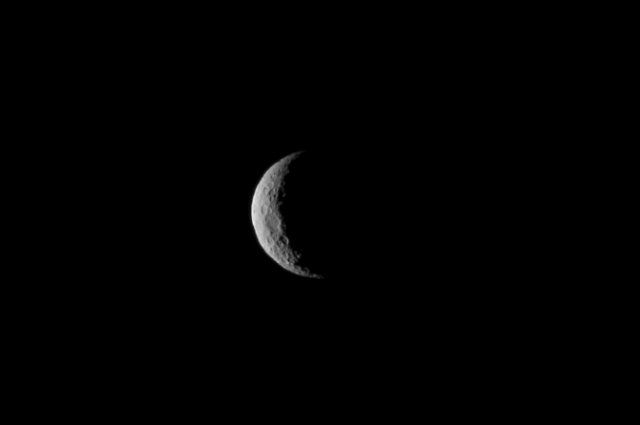Salt Water Oceans Thought to be on Ganymede
Astronomers have recently determined that Jupiter’s largest moon Ganymede likely has an ocean of salt water underneath its icy, inhospitable crust. Ganymede is the only moon in our solar system that has a functioning magnetic field; because of this it is also the only one to have auroras. Scientists in Cologne studied these auroras over a period of time in the hopes that they could learn something about the icy moon’s interior.
Ganymede is embedded within Jupiter’s magnetic field as well, which causes some interesting phenomenon. For example, it was determined that Ganymede must have a salt water interior that was interacting with Jupiter’s magnetic field. How did they determine this? By watching the auroras wobble of course! Scientists observed a wobble in Ganymede’s aurora of only a couple degrees, far off from what would be expected, and this result was used to determine Ganymede’s interior composition.

